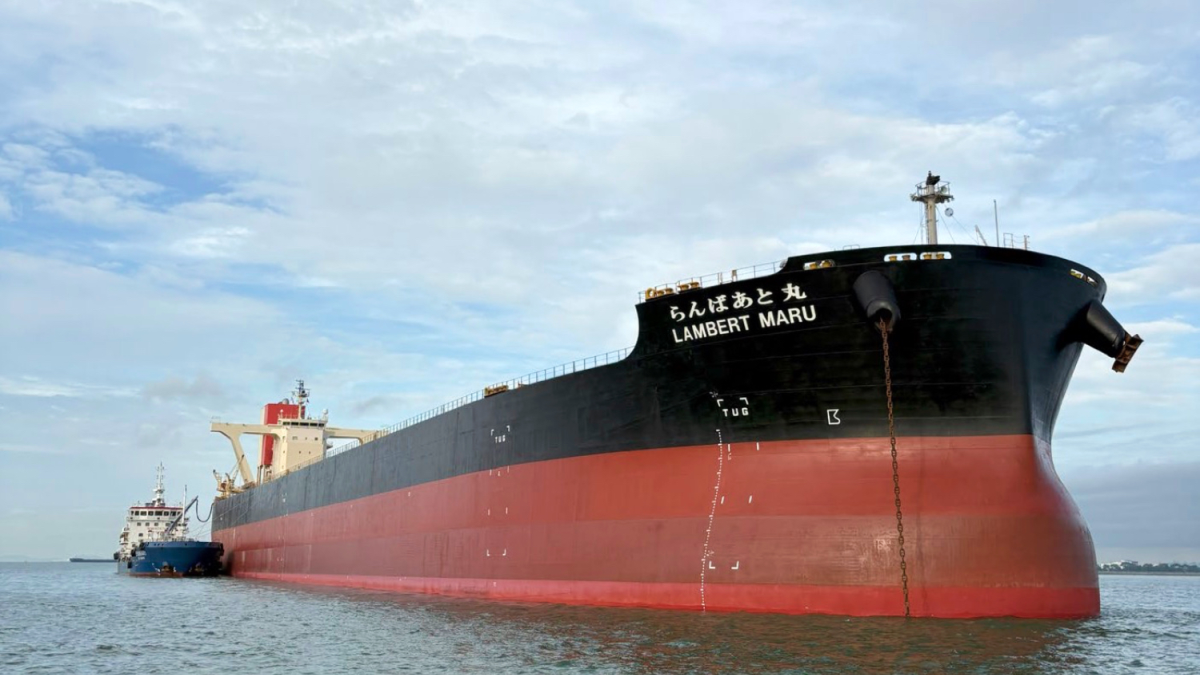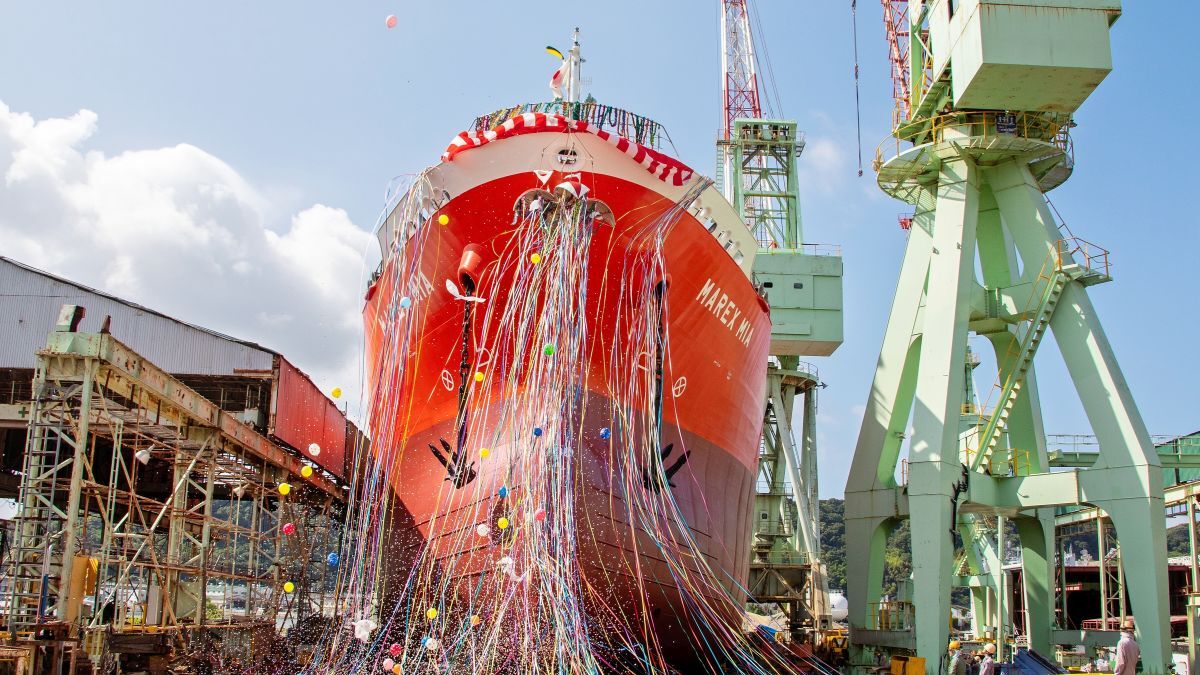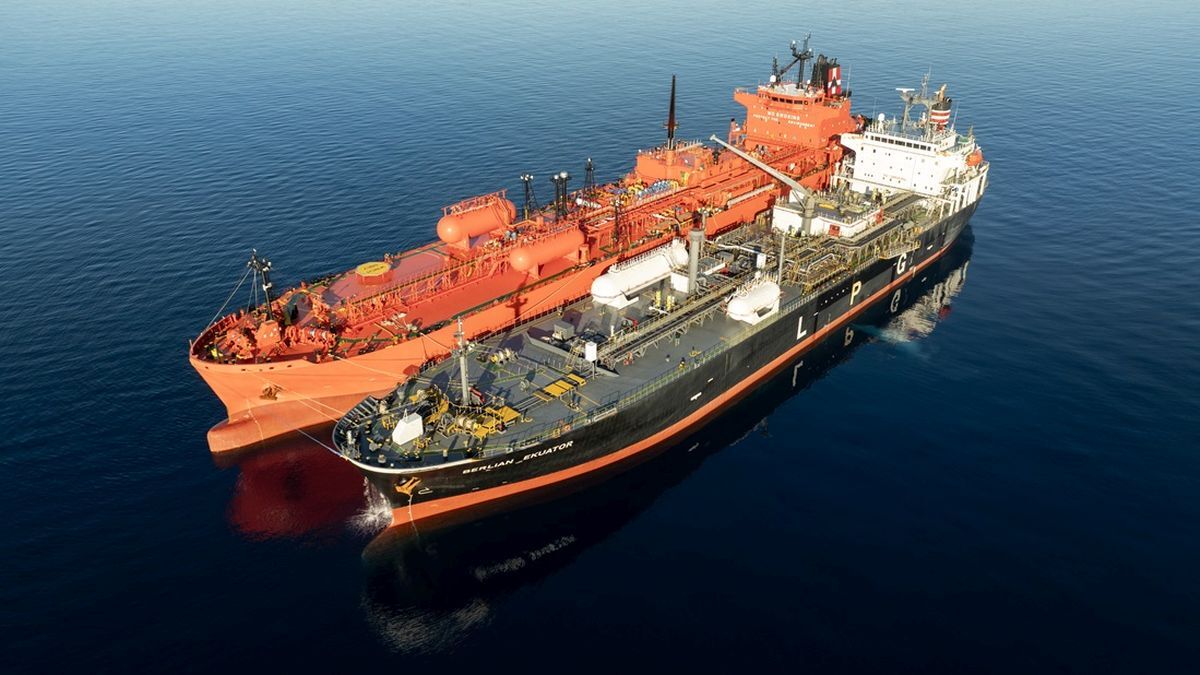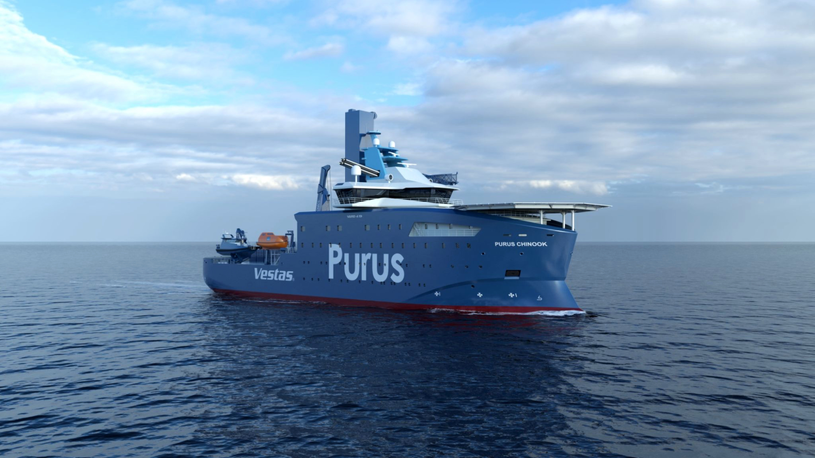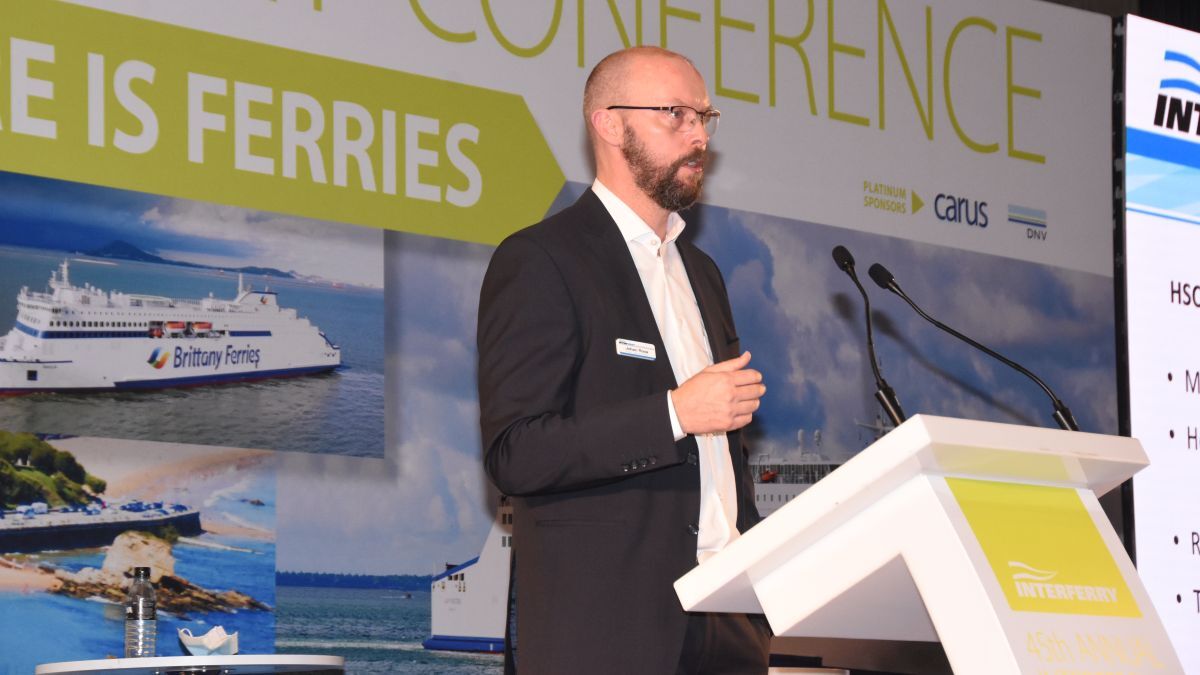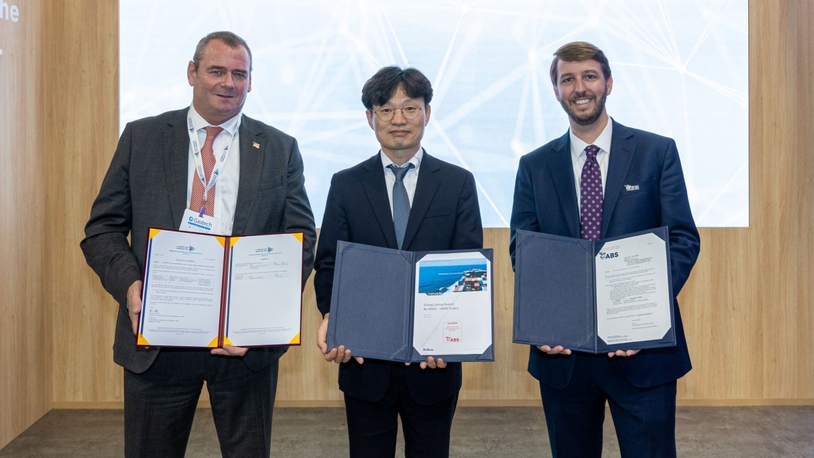Business Sectors
Contents
Biodiesel: an intriguing decarbonisation option, but questions remain
Biodiesel can be used as a drop-in fuel to reduce GHG emissions, but questions remain around its price, supply, availability and impact on onboard components
While biofuels are expensive and contain carbon, they offer an immediate solution to help shipowners cut greenhouse gas (GHG) emissions from existing vessels with conventional engine technology.
This drop-in benefit is particularly relevant given the other, more expensive, choices to comply with IMO’s Net-Zero Framework, which was approved at MEPC 83 in April. This has led to an increasing number of pilot projects using various blends of biodiesel.
But all the same questions that surround other alternative fuels - availability, scalability and price - plague biofuels, too. And in the case of biodiesel, the question will be if maritime can compete with other transport sectors for the limited supply.
But biodiesel is still intriguing for shipping. It can be blended with traditional marine fuels to reduce or eliminate penalties under the escalating GHG Fuel Intensity (GFI) targets that were set in the regulation. By blending biodiesel, owners can meet regulatory compliance targets, or bank surplus remedial units for trading or future use. The cost of using biodiesel would have to be balanced against the potential penalties, or the market for trading surplus units.
This year’s DNV Maritime Forecast to 2050 examines the viability of biofuels, with sections exploring potential costs, and considerations around their operational and technical limits. Two of the most widely used versions of biodiesel are fatty acid methyl esther (FAME) and hydrotreated vegetable oil (HVO).
As explained by DNV: “FAME, often called biodiesel, is made from fats, oils, and greases (FOGs) through transesterification, and its exact characteristics depend on the feedstock.
“HVO, or renewable diesel, is produced from FOGs via hydrotreatment, resulting in paraffinic hydrocarbons suitable for most current fuel systems and engines. The fuel properties differ among biofuel products and blend ratios.”
HVO use
Owners across the spectrum – from tugs to tankers – are increasingly piloting biofuels. Earlier this year, Norwegian OSV owner Solstad tested certified HVO in Normand Ferking during the 2007-built anchor-handling tug supply (AHTS) vessel’s transit from Husøya on the west coast of Norway to Rio de Janeiro “to demonstrate that existing measures can effectively cut emissions.”
Propulsion power for the diesel-electric-powered AHTS is normally supplied by four Wärtsilä 8L32 medium-speed engines.
During the transit, the crew focused on saving fuel “by reducing speed and operating with a single engine,” explained Solstad in a social media post.
“OEMs confirmed the engine and hardware compatibility with long-term B24 use”
This resulted in an impressive reduction in CO2 emissions during the voyage. Solstad estimated the vessel saved “more than 95%” of the 1,600 tonnes of CO2 emissions generated with normal speed and “fuel down to 71-t CO2 (net GHG emissions).”
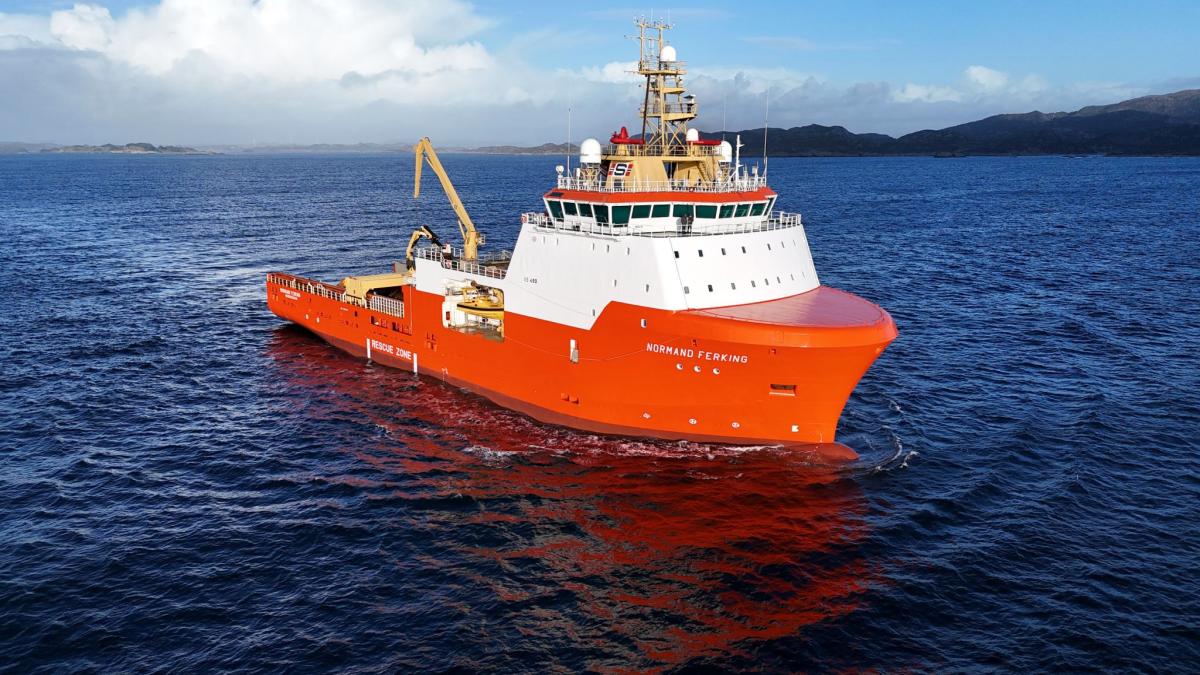
Carbon insetting
Biofuels are also being used by shipowners in bespoke green voyage services that cater to shippers and non-operating common carriers that want to rein in their Scope 3 GHG emissions.
In September, the 180,432-dwt bulk carrier Lambert Maru, chartered to mining company Anglo America from Mitsui OSK Lines (MOL), bunkered with ISCC-EU certified B30 biodiesel at the Port of Singapore. The ship is part of the Japanese owner’s carbon inset programme framework, Blue Action Net-Zero Alliance, which was launched in 2024 to achieve net-zero emissions in maritime transportation. The GHG reduction value delivered during the voyage will be allocated to Anglo American using digital certification. This allows the mining company to incorporate the information into integrated reports or other disclosures as part of its Scope 3 reduction activities.
MOL estimates the B30 blend will reduce CO2 emissions during the transit by about 30% compared to conventional diesel.
Case study
In its report, DNV presented a case study of an 18,000-dwt chemical tanker operating under the Net-Zero Framework. The class society said present price levels make “a better business case to use biofuel rather than pay Tier 2 penalties. To reach the Base target from 2028 to 2040 by increasingly blending in biofuels, the case study ship starts with 6% of biofuel in its energy mix in 2028, increasing to 78% in 2040.”
But all biofuels are not created equal. If the same chemical tanker was powered by LNG engine technology, the business case falls apart. “Selling surplus units through maximal use of bioLNG for the LNG version of the case study ship is not economically viable with our case study assumptions after 2031, without extra income from premium transport or rewards from the IMO Net-Zero Fund,” said DNV.
But how penalties collected in the IMO Net-Zero Fund are shared and distributed still needs clarifying. An estimated US$10Bn to US$15Bn in penalties will be collected from shipping and deposited annually in the fund.
Impact on components
Another question that needs answering is the long-term impact of using biodiesel on engines, generators, fuel storage and supply systems.
A recent pilot project between Japan’s NYK Line and the Global Centre for Maritime Decarbonisation (GCMD) is attempting to address this knowledge gap.
Called Project LOTUS, the six-month pilot involved assessing the engine performance and operations of the fuel oil delivery systems onboard a pure car truck carrier, following the continuous use of B24 FAME in combination with VLFSO.
Results from the trial reported by GCMD were encouraging. The Singapore-based NGO reported the main and generator engines, which ran on B24 for 2,888 and 1,813 hours, respectively, performed comparably to when they operated on VLSFO.
Key observations from testing and inspections confirmed no excessive sludge in fuel injection valves, no scratches in fuel injection pump plungers, and no liner or piston wear beyond OEM specifications. Scavenge drain and engine oil analyses also showed no excessive wear elements.
While the acid value of B24 blends increased 2.5-fold after six months of storage, the fuel quality remained within ISO 8217 specifications. No microbial growth was observed in fuel samples.
GCMD concluded: “With these findings, OEMs confirmed engine and hardware compatibility with long-term B24 use, with no significant impact on operational costs, provided appropriate maintenance and handling practices are followed.”
Sign up for Riviera’s series of technical and operational webinars and conferences:
- Register to attend by visiting our events page.
- Watch recordings from all of our webinars in the webinar library.
Related to this Story
AI, digital twins help design cyber-secure, green SOVs
Events
Offshore Support Journal Conference, Americas 2025
LNG Shipping & Terminals Conference 2025
Vessel Optimisation Webinar Week
© 2024 Riviera Maritime Media Ltd.


